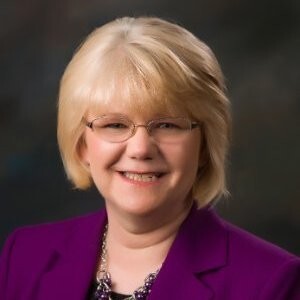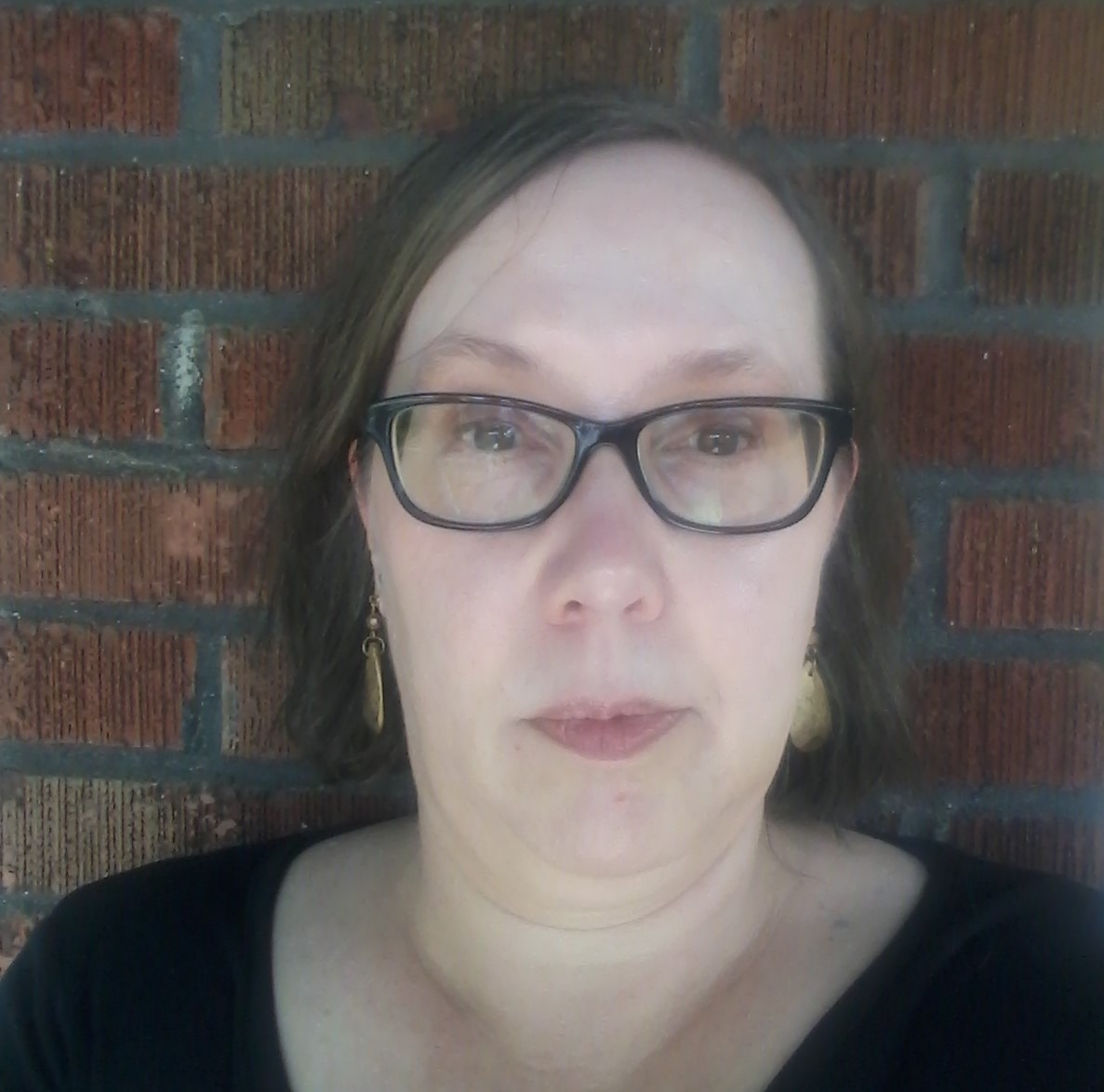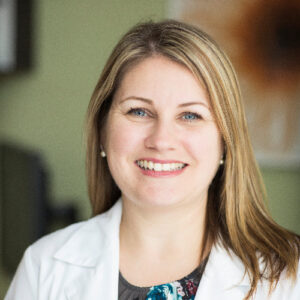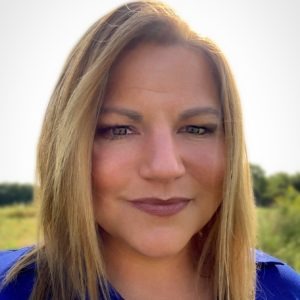Quality Skilled Nursing Notes in SNFs Require Management

Colleen Toebe, director of consulting services, Pathway Health Services
Medicare Part A postpayment medical review is ramping up—and skilled nursing facilities (SNFs) need to be ready for some changes in what medical reviewers are targeting.
“In August 2020, Medicare Administrative Contractors (MACs) resumed postpayment medical reviews for claims with dates of service before March 1, 2020,” says Colleen Toebe, RN-MSN, CWCN, RAC-MTA, RAC-MT, RAC-CTA, RAC-CT, a director of consulting services with Lake Elmo, MN-based Pathway Health Services.
“And while the Targeted Probe and Educate program has not yet restarted, MACs can now conduct postpayment medical reviews for later dates of service.”
One Medicare Part A audit that occurred this past spring offers insight into the sea change that the Patient-Driven Payment Model (PDPM) has brought to medical review for SNFs, says Toebe. “The medical reviewer found the documentation to be inadequate, and they took money back. Under the RUG-IV case-mix system, therapy documentation typically was the primary culprit in these types of take-backs,” she points out. “However, therapy documentation wasn’t the problem. Instead, the inadequate documentation was nursing documentation.”
This new focus on nursing documentation is consistent with the fact that many SNFs no longer provide straight therapy to Part A residents, says Toebe. “With PDPM, the quantity of therapy provided has declined, and the delivery of group and concurrent therapy minutes has increased.”
Monitoring by the Centers for Medicare & Medicaid Services (CMS) confirms this. The implementation of PDPM coincided with a more than 30 percent drop in the average number of therapy minutes per day for SNF residents. In addition, the percentage of SNF stays that included concurrent or group therapy increased from about 1 percent before FY 2020 to about 30 percent following the implementation of PDPM (and before the COVID-19 public health emergency), according to the Fiscal Year (FY) 2022 Proposed Rule for the Skilled Nursing Facility Prospective Payment System (SNF PPS) and Consolidated Billing, and Updates to the Quality Reporting Program and Value-Based Purchasing Program (CMS-1746-P).
Further, the average case-mix index (CMI) went down for the physical therapy (PT) and occupational therapy (OT) PDPM components in FY 2020 compared to what CMS expected, but increased for the nursing and non-therapy ancillary (NTA) components, as well as the speech-language pathology (SLP) component. “We believe these significant increases in the average case-mix for these components is primarily responsible for the inadvertent increase in spending under PDPM,” says CMS.
“The bottom line is that nursing has to step up a bit to deal with the new realities of medical review,” suggests Toebe. “That includes nurse assessment coordinators (NACs) who serve as the Medicare nurse. There needs to be a skilled nursing progress note, preferably each shift but at least daily, for any resident who meets a Part A skilled level of care with a skilled nursing need—and NACs should manage that process to ensure it happens.”
Federal skilled documentation guidance
The 874 words in section 30.2.2.1, Documentation to Support Skilled Care Determinations, in chapter 8, “Coverage of Extended Care (SNF) Services Under Hospital Insurance,” of the Medicare Benefit Policy Manual are the full extent of the federal guidance on the documentation needed to support a Part A skilled level of care.
While CMS provides limited information on how and what to document, documentation is the lifeblood of medical review. “The goal of medical review is to determine whether the services are reasonable and necessary, delivered in the appropriate setting, and coded correctly, based on appropriate documentation,” according to section 6.1, Medical Review of SNF PPS Claims, in chapter 6, “Medicare Contractor Medical Review Guidelines for Specific Services,” of the Medicare Program Integrity Manual.
“Clinical documentation that supports medical necessity may be expected to include: physician orders for care and treatments, medical diagnoses, rehabilitation diagnosis (as appropriate), past medical history, progress notes that describe the beneficiary’s response to treatments and his/her physical/mental status, lab and other test results, and other documentation supporting the beneficiary’s need for the skilled services being provided in the SNF,” continues section 6.1.4, Medical Review Process.
Taking the following actions may help NACs prepare nursing staff to meet the demand for skilled nursing documentation and increase the odds of stress-free audits:
Find out which nurses need a documentation assist
“The first step is to assess the documentation skills of the nursing population in your facility,” says Toebe. “Some nurses are excellent at documentation, but others aren’t. For example, you may think that nurses fresh out of nursing school would have strong documentation skills, but that’s not always the case.”
So, NACs have to ensure that the nursing staff understands both what the note is and how to make the note, says Toebe. “You have to go back and re-educate, but you also need to build their skill set. Especially with brand-new nurses, sometimes veteran nurses expect too much. You should help them build their skill set to make sure that they understand how to do a note and feel good about their note.”
Go back to the basics of the nursing process
To build nurses’ documentation skills, NACs should return to the nursing process: Assessment, Diagnosis, Planning, Implementation, and Evaluation (ADPIE), suggests Toebe. Unlike a straight narrative note, several types of nursing notes provide a structure for charting that aligns with the nursing process. For example, these include the following:
- The problem-oriented Subjective, Objective, Assessment, Plan (SOAP) note and its successors, including the SOAPIER note, which adds in Intervention, Evaluation and Revision.
- The focus-oriented Focus – Data, Action, Response (F-DAR or FDAR) note, which is also known as the DAR note.
Note: YouTube offers an array of videos that may be helpful educational tools (although quality levels vary). For example, these include What You Need to Know About Writing a Progress Note (Nursing School Lesson) and F-DAR Charting for Nurses.
These tools provide a documentation framework for nursing notes, much the same way that the Situation, Background, Assessment, Recommendation (SBAR) tool and its successor (the ISBAR tool adds Introduction) provide a documentation framework for nurses to communicate with physicians and physician extenders, points out Toebe.
“I use the DAR format for notes. While DAR allows the use of both objective and subjective data in the Data section, the overall format helps keep the note objective and not based on your opinion,” she says. “Once you’ve identified the focus of the note, what is the Data from assessment and interview? What is the Action or nursing intervention? What is the resident’s Response to the action? It’s a simple, effective way to evaluate what you need to include in the note because you can use the nursing process to help you decide how to answer those questions.”
Following the nursing process is the key to writing any nursing note—no matter the style—including a note to support a skilled level of care for Part A or Medicare Advantage residents, stresses Toebe. “A skilled nursing note should be an objective, comprehensive note that provides the assessment Data related to the resident’s skilled needs (i.e., why they are there for that stay), the Actions of the nurse (i.e., the skilled nursing services provided to address those skilled needs), and the resident’s Response to the skilled nursing services, including any further actions that the nurse may need to take.”
Note: The guidance in section 30.2.2.1, Documentation to Support Skilled Care Determinations, in chapter 8 of the Medicare Benefit Policy Manual, includes examples of generic phrasing that fails to adequately describe a resident’s response to skilled services.
Take advantage of the EMR
Most electronic medical records (EMRs) allow providers to create user-defined assessment tools (i.e., build-your-own documentation), says Toebe. “Some facilities with this capability have developed tools that provide even more structure to guide the nurse to make a really solid, objective note. For example, the tool may force the nurse to document the number of times something happened, what the task they did included, and what level of care was needed.”
Consider case studies
Case studies are a tried-and-true method of building documentation skills, says Toebe. “Doing this with a group of nurses can be particularly effective. You provide a case study and have them document the note. Working on it as a group takes away some of the pressure and helps them feel good about building their documentation skills.”
Read the skilled notes daily
“No one wants to hear this because it’s labor-intensive for the NAC, but when charting is inconsistent, the only way to ensure that nurses complete comprehensive skilled nursing notes is to read those notes every day,” says Toebe. “Saturday and Sunday’s notes should be included in this review, which can make Mondays difficult. However, skilled nursing services must be needed and provided seven days a week to qualify for a skilled level of care, so the skilled nursing notes have to be seven days a week as well.”
There also needs to be a process in the nursing department for addressing any issues found in those daily reviews, says Toebe. “For example, the NAC could read the notes and take the incomplete documentation to the appropriate nurse manager. Then that nurse manager could do a counseling or training to establish the process to ensure that that nurse is writing a solid comprehensive solid note using DAR charting. You have to establish some way to mentor the nurses who need help.”
Rethink how agency staff work in the facility
Agency nurses are somewhat notorious for inadequate documentation. “However, part of the problem may be the way they are frequently deployed in nursing homes,” suggests Toebe.
“For example, one provider got better documentation from agency nurses by taking two steps,” she explains. “First, the facility booked agency staff for three months at a time because that is how long it took to fill empty staff positions. Second, the facility had agency staff work on specific units with consistency, which allowed nurse managers to build up their documentation skill set to the necessary level.”

Caralyn Davis is a freelance writer specializing in the post-acute care sector. Email her at: caralynd@outlook.com.
Related Articles
Topics: Activities , Facility management , Featured Articles , Medicare/Medicaid , Regulatory Compliance , Training











